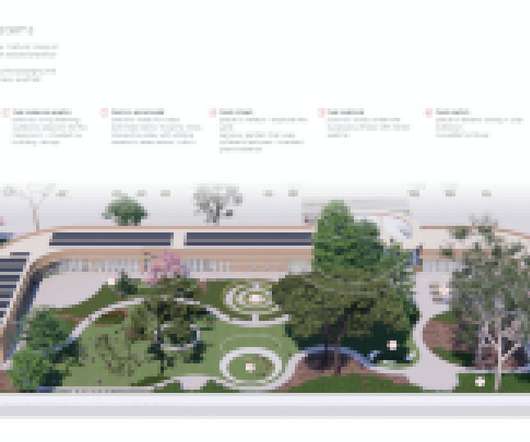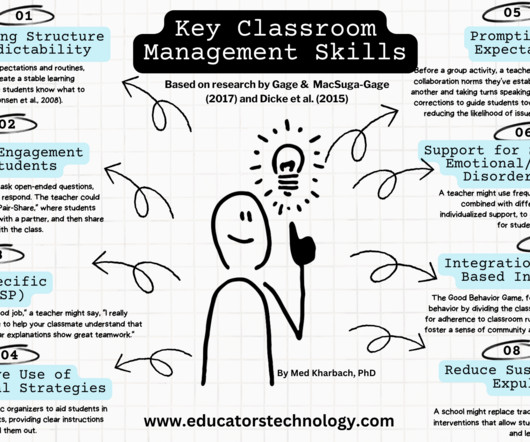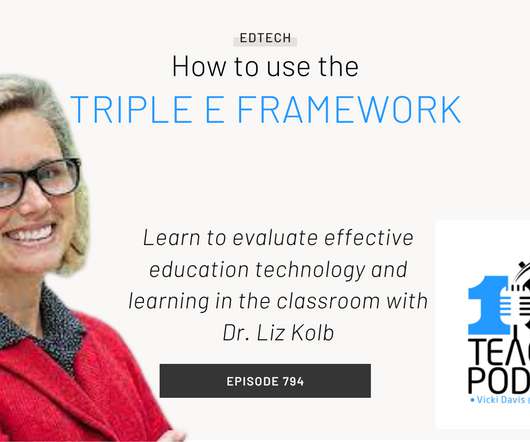Designing Classrooms Fit for Early Learners
Edsurge
OCTOBER 21, 2022
As an education design director working with a multidisciplinary design team that regularly partners with early childhood programs to upgrade their existing spaces or create new ones, I've seen the power of leveraging design elements for learning. Classroom walls can support different activities and provide children agency to engage.












































Let's personalize your content